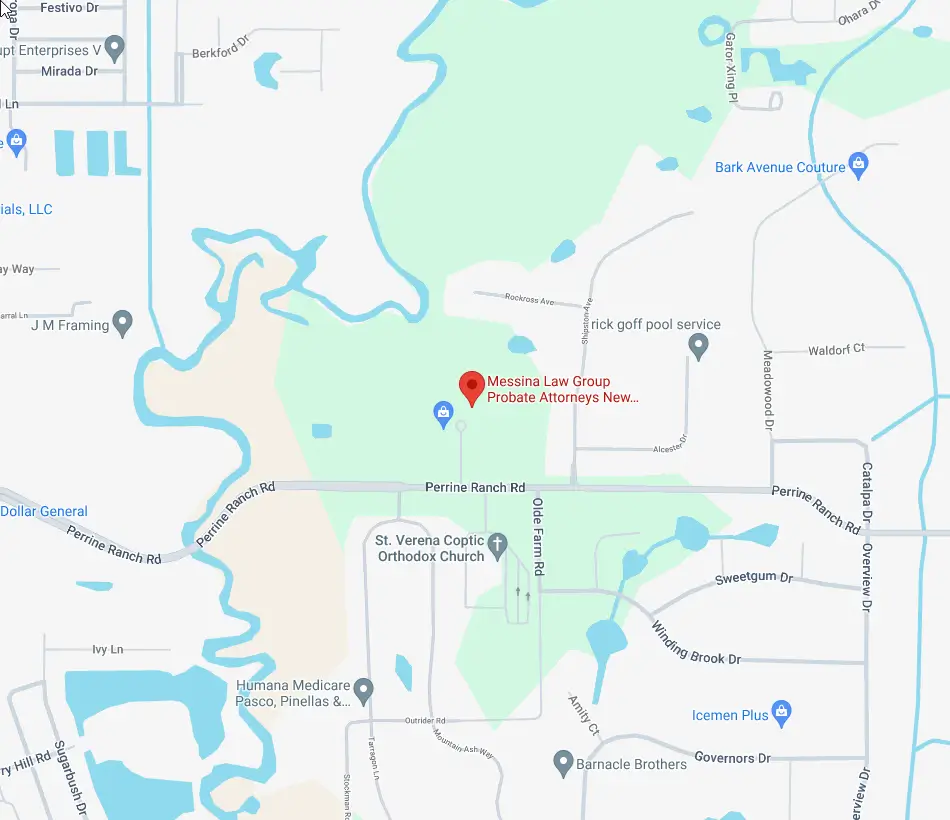Author Archives: Site Administrator
Intellectual Property Basics
These comparisons to board games might help you understand patents, trademarks and copyright – the main forms of intellectual property. Imagine a game rule that says, you can make up a new rule. If the banker allows the rule, you get exclusive use it for 20 turns. If others like it, they must pay… Read More »
Types of Child Custody
If a marriage with children is legally ended by divorce, access, time and legal responsibility for the children – ‘custody’ – must be decided. Custody arrangements include physical custody, parental visitation rights, and legal custody. . Physical custody arrangements define where the children will reside; this could be with one parent or both, if… Read More »
Asset Division In Divorce
When the legal state of marriage is ended by divorce, legal commitments by the couple – property, debts and more – must be resolved. While laws vary by state, the divorce process generally involves distinguishing ‘community property’ that was jointly owned by the couple from ‘non-community property’ owned by just one person. Property may… Read More »
Divorce Basics
When a couple marries, they gain the legal right to do certain things together, such as own property or owe debts. Divorce is the legal termination of marriage; the legal status, responsibilities and arrangements of the married couple are cancelled. Divorcing requires that these all be resolved in some way. Property and debt has… Read More »
How To File Bankruptcy
US law allows courts to declare individuals and businesses bankrupt, allowing them to settle debts without full payment. Filing bankruptcy is a legal action asking the court to make this declaration; deciding to file should account for: –Debts that are owed –Assets that could be affected by the decision –Assets that are exempt from… Read More »
What is A Bankruptcy Petition?
Filing for bankruptcy starts with disclosing all financial information. This is done on a form called a ‘bankruptcy petition’, provided by the US Bankruptcy Court. The bankruptcy case starts when the bankruptcy petition form is filed. Both individuals and businesses can file bankruptcy petitions. These can be voluntary – done by the person or… Read More »
Bankruptcy Protection
When a person or business concludes that meeting their debts is not realistic, they may file for bankruptcy in Federal Bankruptcy court. A bankruptcy filing places an automatic stay on debt-related actions and judgements, including wage garnishment — court-ordered seizure of part of someone’s wages. This temporary stay of financial actions — before the… Read More »
Bankruptcy Basics
Bankruptcy is a set of legally-defined ways for individuals or businesses to settle debts without full payment, by following rules that govern their assets and financial actions for a period of time. There are two broad types, liquidation and reorganization. Under liquidation, the party in debt agrees that their eligible properties and assets can… Read More »
Understanding Wills and Trusts
A will is a written document that defines how your assets will be distributed after you die. Trusts are legal arrangements that involve a separate legal entity to hold and distribute assets — during your life, after your life, or both. As an alternative to wills, trusts frequently provide additional controls and protections over… Read More »
Probate Basics
The legal distribution of assets and property left by someone who has died is called ‘probate.’ It is a process of law, involving government and courts, that ensures proper and legal distribution of their assets. Even if the deceased person had a legal will, probate is frequently required. In general, probate involves these steps:… Read More »

